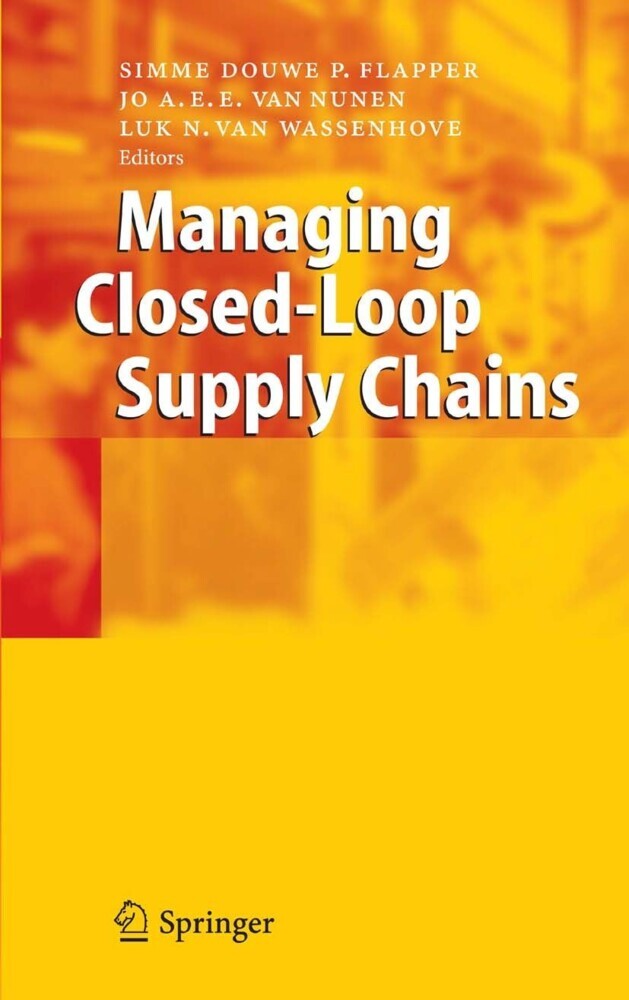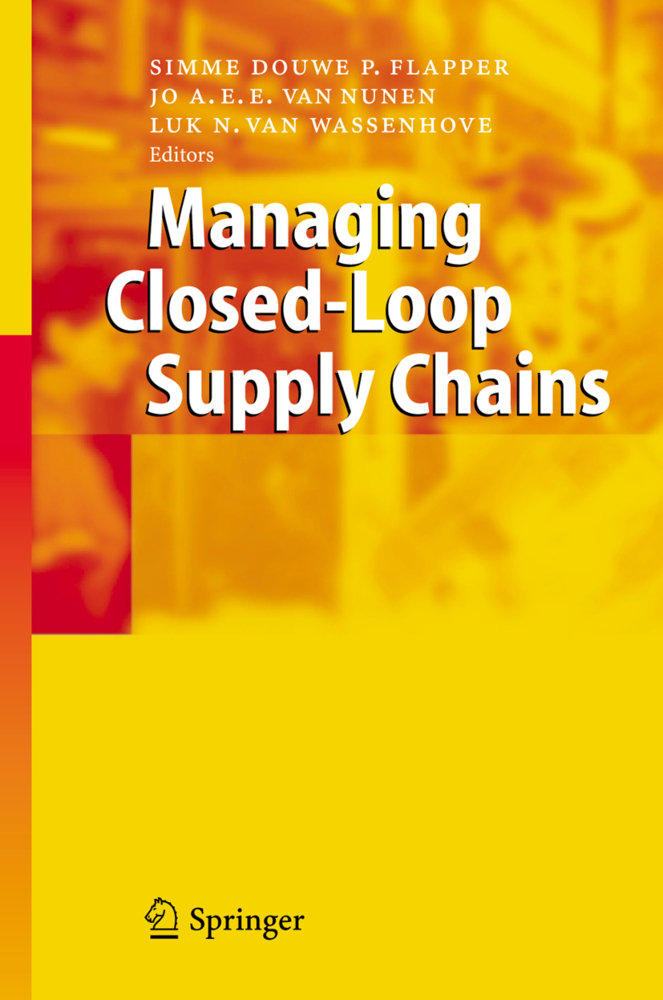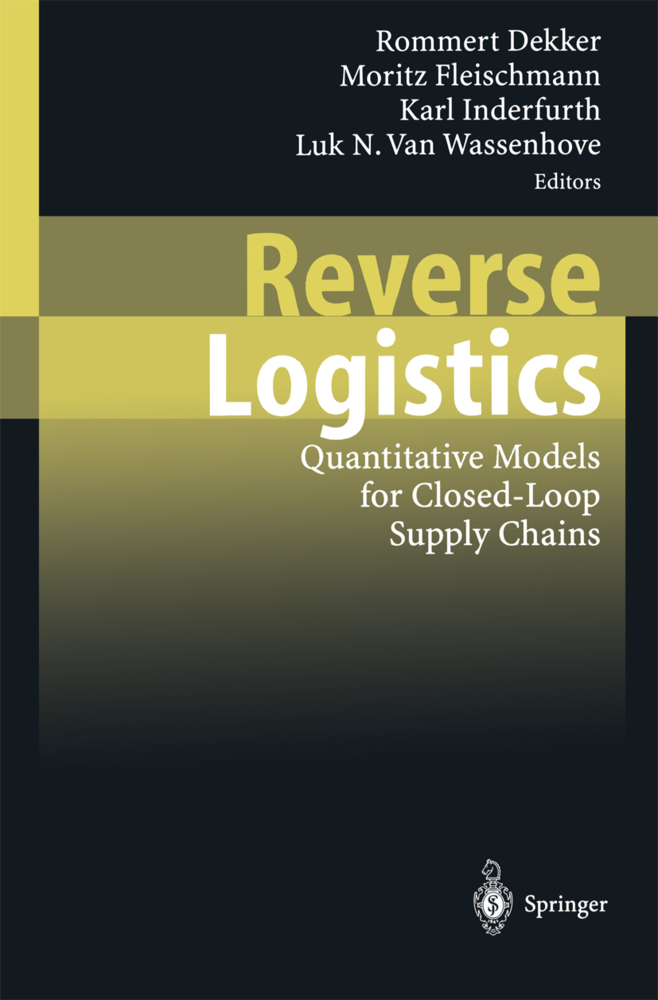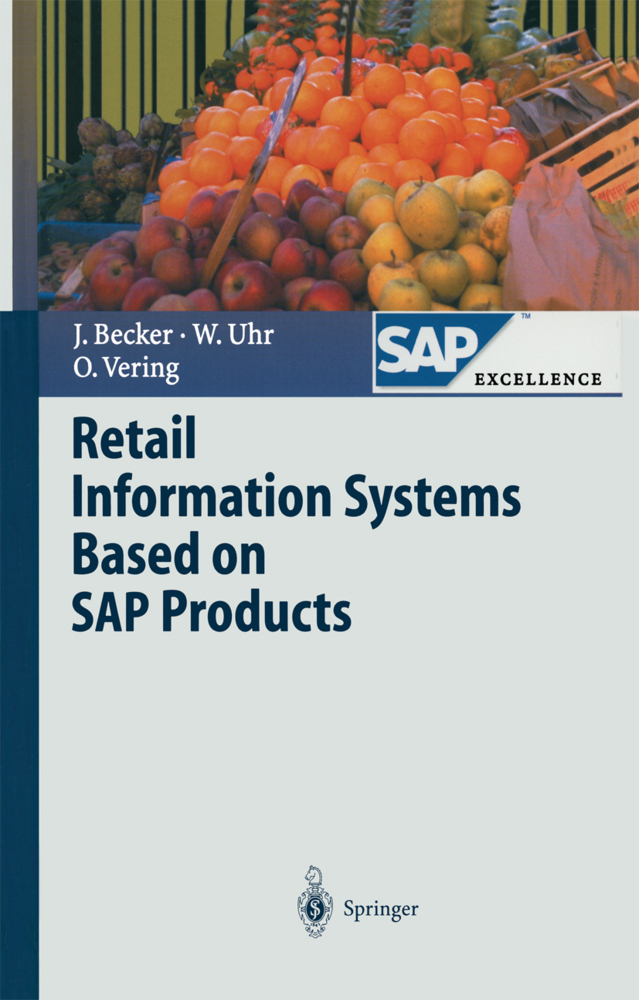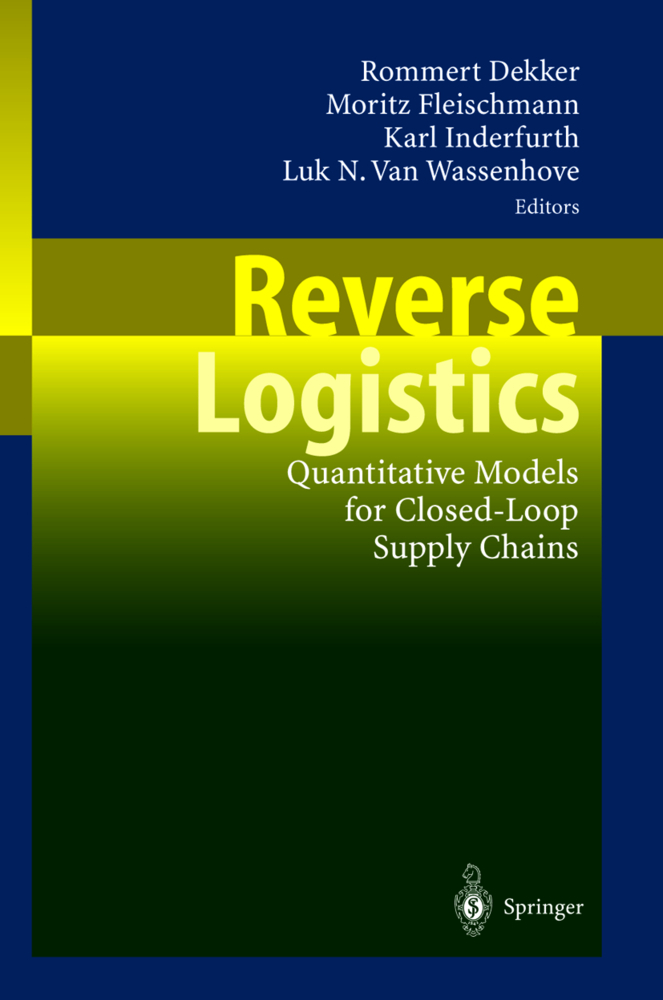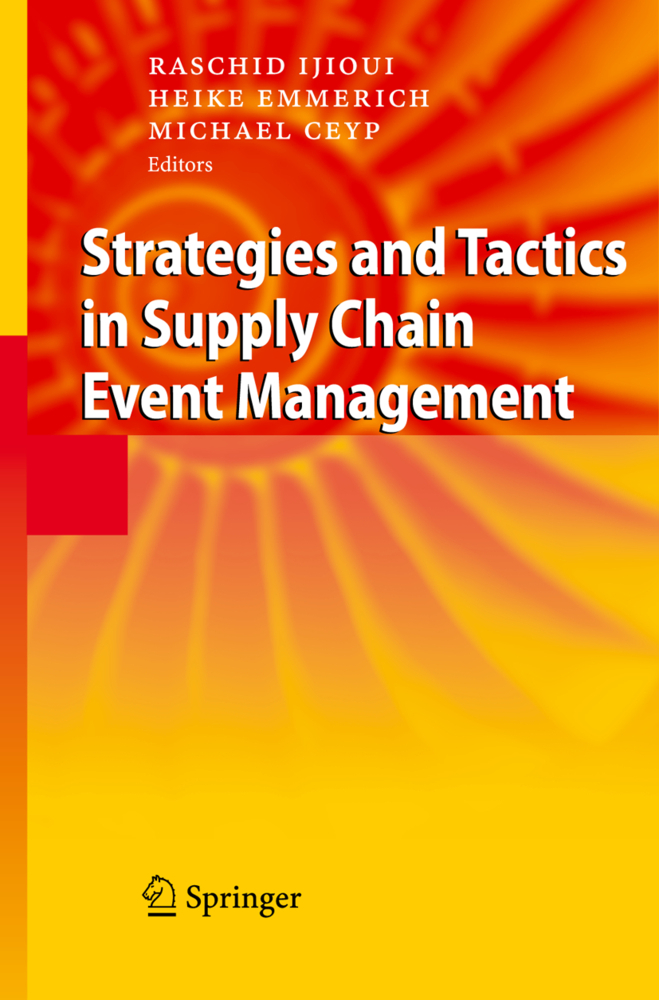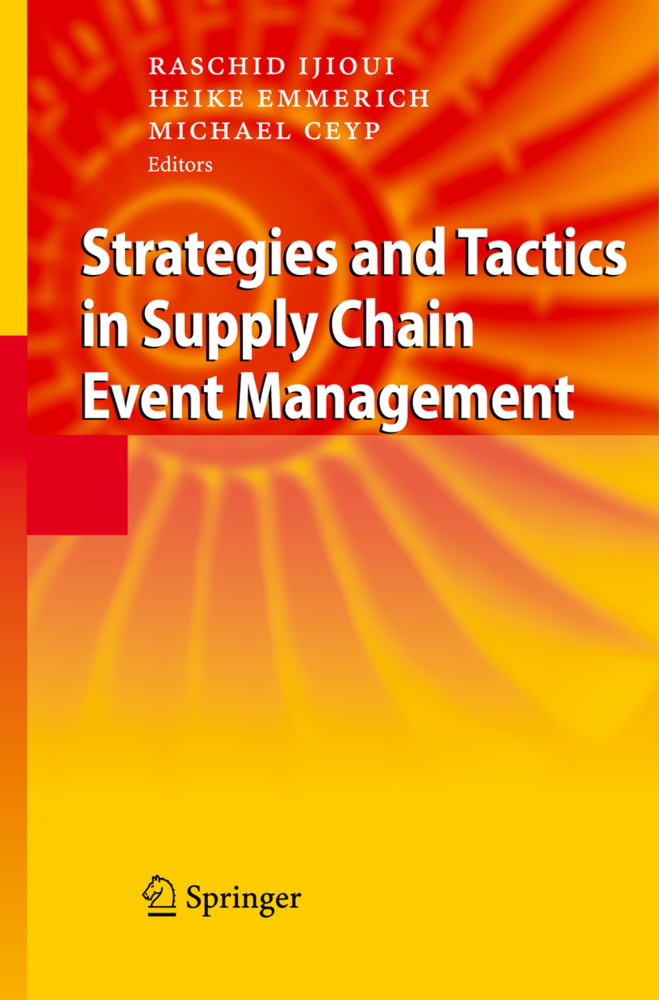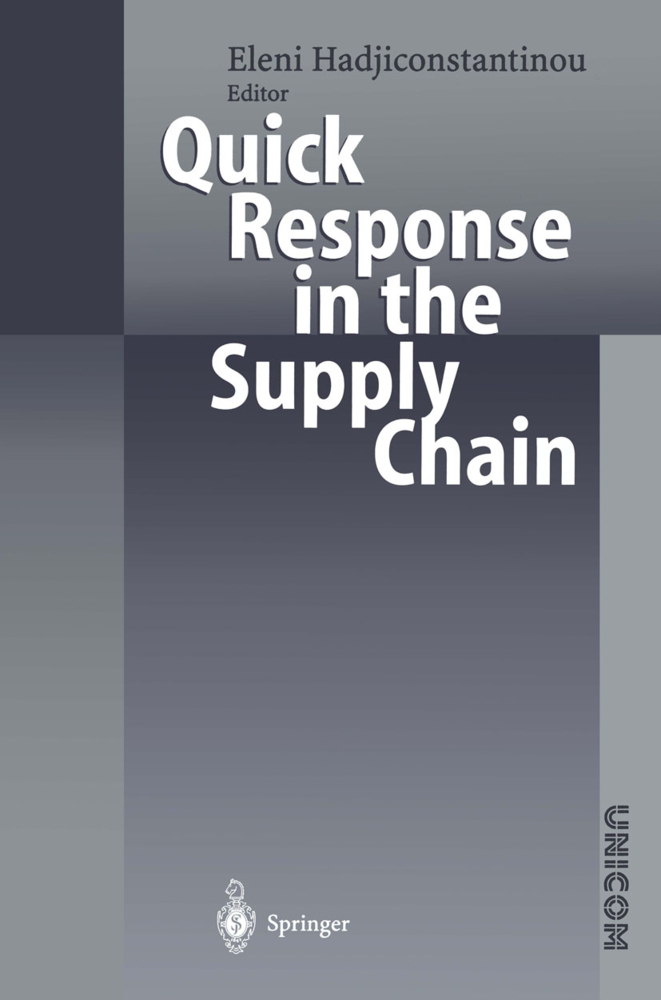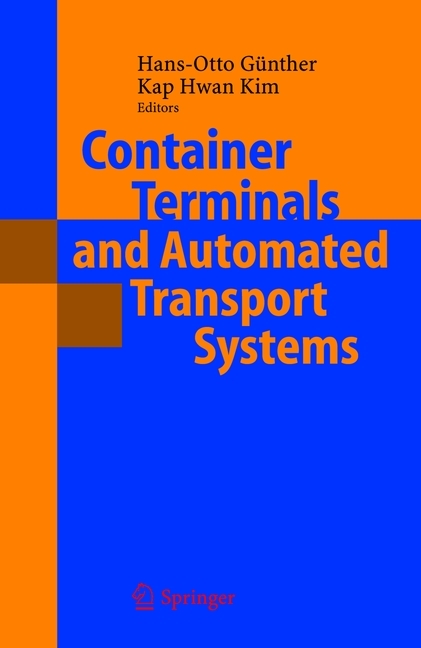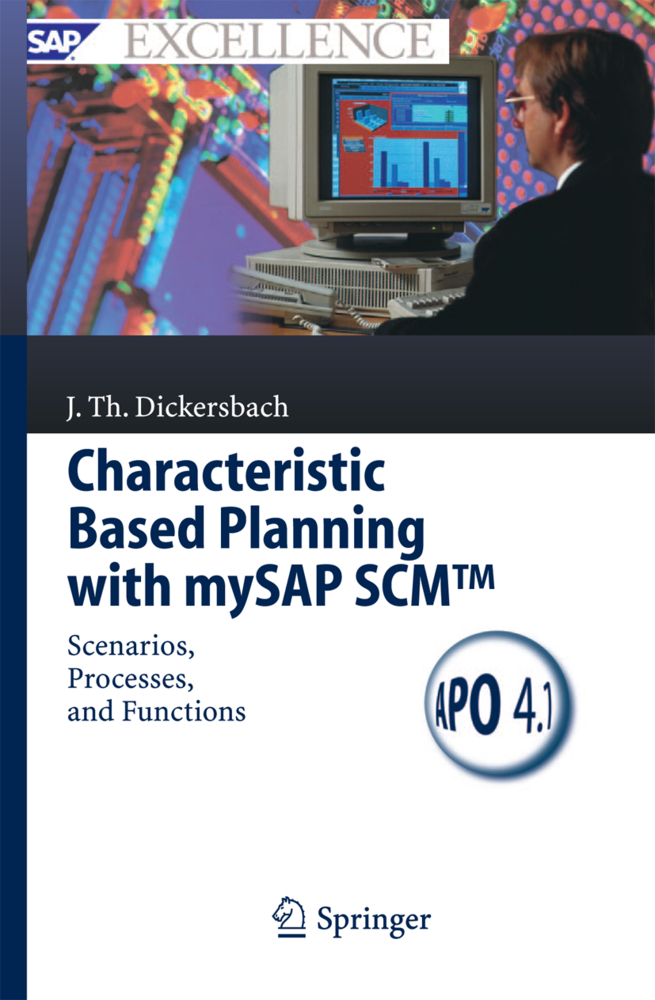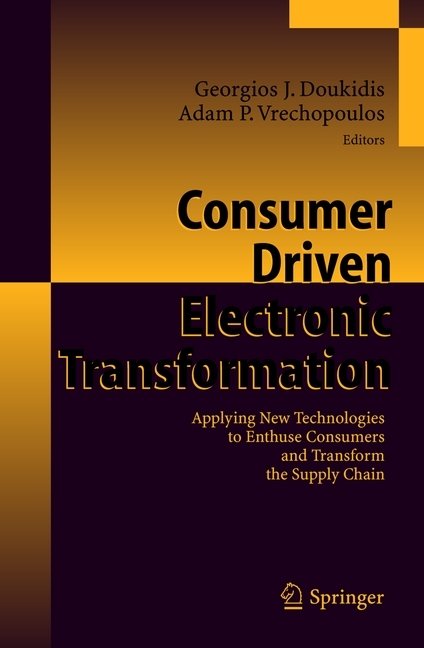The increasing number of returns of products and the items used for their distribution has become an important topic for many companies all over the world due to increasing competition and environmental legislation. Closed-Loop Supply Chains (CLSC) may offer companies a unique opportunity to improve their profits on the one hand and to serve societal responsibility on the other hand. The management of CLSC differs in a number of ways from managing supply chains in general. The book gives insight in these differences and how these differences may be dealt with in practice, by offering a concrete framework, introducing the different aspects related to CLSC (technical, organisational, planning and control, information, environmental and business economic) and their mutual relations, in a systematic logical way as well as cases clustered according to the inputs for a CLSC, like commercial returns, end-of-life returns, where for each case attention is paid to all the above mentioned aspects. The framework and especially the cases from successful companies offer the reader an invaluable help to build up and improve CLSC.
1;Table of Contents;9 2;Part 1: Introduction to closed-loop supply chains;12 2.1;1 Introduction --- Simme Douwe P. Flapper, Jo A.E.E. van Nunen and Luk N. Van Wassenhove;13 2.1.1;1.1 A framework for closed-loop supply chain analysis;13 2.1.2;1.2 A classification of closed-loop supply chains;14 2.1.3;1.3 Managerial aspects of closed-loop supply chains;17 2.1.4;1.4 Business drivers;19 2.1.5;1.5 Technical aspects;21 2.1.6;1.6 Organizational aspects;22 2.1.7;1.7 Planning and control aspects;24 2.1.8;1.8 Information aspects;24 2.1.9;1.9 Environmental aspects;26 2.1.10;1.10 Business-economic aspects;27 2.1.11;1.11 Conclusions;28 3;Part 2: Production closed-loop supply chains;29 3.1;2 Reverse logistics in a pharmaceutical company: the Schering case --- Ruud H. Teunter, Karl Inderfurth, Stefan Minner and Rainer Kleber;30 3.1.1;2.1 Introduction;30 3.1.2;2.2 Reuse and recycling of by-products;31 3.1.3;2.3 Reuse and recycling of solvents;34 3.1.4;2.4 Conclusions;40 3.2;3 Reverse logistics in an electronics company: the NEC-CI case --- Roland Geyer, Kumar Neeraj and Luk N. Van Wassenhove;41 3.2.1;3.1 Introduction;41 3.2.2;3.2 Business drivers;42 3.2.3;3.3 Organizational aspects;43 3.2.4;3.4 Information aspects;46 3.2.5;3.5 Conclusions;47 4;Part 3: Distribution closed-loop supply chains;48 4.1;4 The chip in crate: the Heineken case --- Jan van Dalen, Jo A.E.E. van Nunen and Cyril M. Wilens;49 4.1.1;4.1 Introduction;49 4.1.2;4.2 Business drivers;53 4.1.3;4.3 Technical aspects;53 4.1.4;4.4 Organizational aspects;55 4.1.5;4.5 Planning and control aspects;56 4.1.6;4.6 Information aspects;57 4.1.7;4.7 Environmental aspects;59 4.1.8;4.8 Business-economic aspects;59 4.1.9;4.9 Conclusions;60 4.2;5 Recovery and reuse of maritime containers: the Blue Container Line case --- Costas P. Pappis, Nikos P. Rachaniotis and Giannis T. Tsoulfas;62 4.2.1;5.1 Introduction;62 4.2.2;5.2 Business drivers;64 4.2.3;5.3 Technical aspects;64 4.2.4;5.4 Organizational aspects;65 4.2.5;5.5 Planning and control aspects;65 4.2.6;5.6 Information aspects;66 4.2.7;5.7 Environmental aspects;66 4.2.8;5.8 Business-economic aspects;67 4.2.9;5.9 Conclusions;67 4.3;6 Empty container reposition: the port of Rotterdam case --- Albert W. Veenstra;69 4.3.1;6.1 Introduction;69 4.3.2;6.2 Business drivers;69 4.3.3;6.3 Organizational aspects;70 4.3.4;6.4 Planning and control aspects;77 4.3.5;6.5 Information aspects;78 4.3.6;6.6 Environmental aspects;78 4.3.7;6.7 Business-economic aspects;78 4.3.8;6.8 Conclusions;79 5;Part 4: Commercial returns closed-loop supply chains;81 5.1;7 Commercial returns of sun-protection products: the L'Oréal France case --- Roelof Kuik, Jo A.E.E. van Nunen and Job Coenen;82 5.1.1;7.1 Introduction;82 5.1.2;7.2 Business drivers;83 5.1.3;7.3 Organizational aspects;84 5.1.4;7.4 Planning, control and information aspects;86 5.1.5;7.5 Business-economic aspects;87 5.1.6;7.6 Conclusions;88 5.2;8 Commercial returns of printers: the HP case --- Sylvia Davey, V. Daniel R. Guide Jr., Kumar Neeraj and Luk N. Van Wassenhove;90 5.2.1;8.1 Introduction;90 5.2.2;8.2 Business drivers;90 5.2.3;8.3 Technical aspects;93 5.2.4;8.4 Organizational aspects;93 5.2.5;8.5 Business-economic aspects;96 5.2.6;8.6 Conclusions;99 5.3;9 Commercial returns in a mail order company: the Wehkamp case --- René M.B. de Koster and Joost P. Zuidema;100 5.3.1;9.1 Introduction;100 5.3.2;9.2 Business drivers;102 5.3.3;9.3 Technical aspects;103 5.3.4;9.4 Organizational aspects;103 5.3.5;9.5 Planning and control aspects;107 5.3.6;9.6 Information aspects;108 5.3.7;9.7 Environmental aspects;109 5.3.8;9.8 Business-economic aspects;109 5.3.9;9.9 Conclusions;109 6;Part 5: Repair and replacement closed-loop supply chains;110 6.1;10 The repair of electronic equipment: the OMRON case --- Roelof Kuik, Jo A.E.E.van Nunen, Jacky Gerrits and Marco H.P. Hogenboom;111 6.1.1;10.1 Introduction;111 6.1.2;10.2 Business drivers;113 6.1.3;10.3 Technical aspects;113 6.1.4;10.4 Organiszational Aspects;114 6.1.5;10.5 Conclusions;11
Flapper, Simme Douwe P.
Nunen, Jo A. E. E. van
Wassenhove, Luk N. van
| ISBN | 9783540272519 |
|---|---|
| Artikelnummer | 9783540272519 |
| Medientyp | E-Book - PDF |
| Auflage | 2. Aufl. |
| Copyrightjahr | 2006 |
| Verlag | Springer-Verlag |
| Umfang | 213 Seiten |
| Sprache | Englisch |
| Kopierschutz | Digitales Wasserzeichen |

